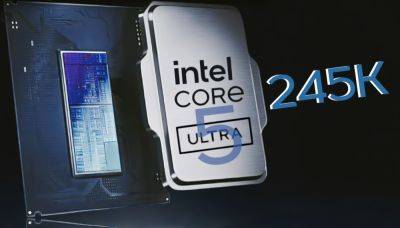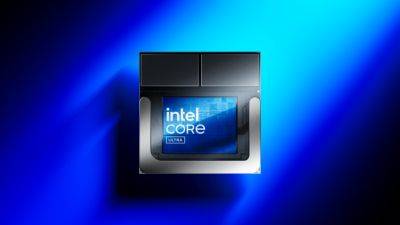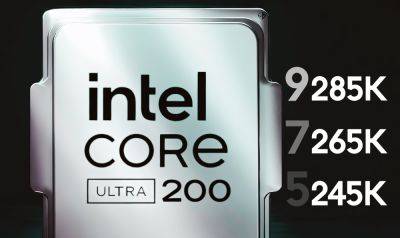Intel Highlights Lunar Lake P-Core & E-Core Latency & Bandwidth Improvements: 3x Better Than Meteor Lake, >20% MT & ST Performance
Intel's Lunar Lake CPUs will offer 3x better latency and bandwidth improvement over Meteor Lake as highlighted during Hot Chips.
Intel Lunar Lake CPU's Cache & Core Latency Optimizations Improve Single & Multi-Threaded Performance By Over 20%
Intel's Lunar Lake CPUs are launching on the 3rd of September and the company already gave us a deep-dive during its Tech Day at Computex 2024. The next-gen SOCs are comprised of various core IPs such as a brand-new CPU architecture with Lion Cove serving as the P-Core design and Skymont as the E-Core design.
Related Story Intel Granite Rapids-D “Xeon 6 SOC” Powers Edge With Over 3x Cores, 2.5x IO Perf & 2x Ethernet Throughput, Up To 42 Cores Demoed
Compared to Meteor Lake CPUs that came before, the Intel Lunar Lake CPUs house two types of cores. The Lion Cove cores come in the standard P-Core configuration while the Skymont E-cores come in the Low-Power or LP-E configuration. The P-Cores and LP-E cores also sit on different tiles with P-Cores on the compute tile and LP-E cores on a dedicated low-power island. In Meteor Lake, the CPUs came with a three-core architecture with Redwood Cove P-Cores and Crestmont E-Cores on the compute tile and 2 additional Crestmont LP-E cores reside on the SOC tile.
This intercommunication between two tiles caused higher Latencies when leveraging the LP-E cores on Meteor Lake. With Lunar Lake, Intel has also increased the cache & chip-to-chip bandwidth leading to lower latency.
In a "Load to Use Latency In memory" scenario, the Lunar Lake P-Cores show lower latency across the board at different buffer sizes ranging from 2 KB up to 100 MB. The LP-E cores show a different story with Meteor Lake and Lunar Lake offering the same latency up to 32 KB but as the buffer size increases, Lunar Lake offers much lower bandwidth and the delta widens up to 150%.
One of the key reasons why latency has improved so much happens to be aligned with the overall bandwidth uplift which is up to 2.8x for the Lunar Lake







